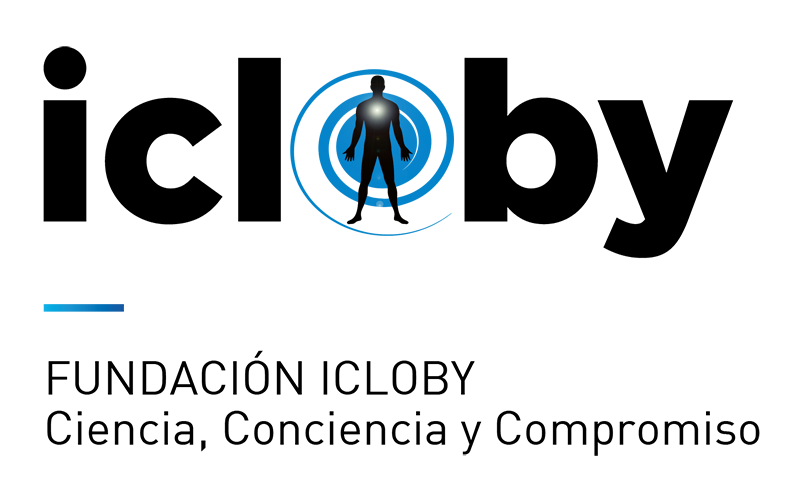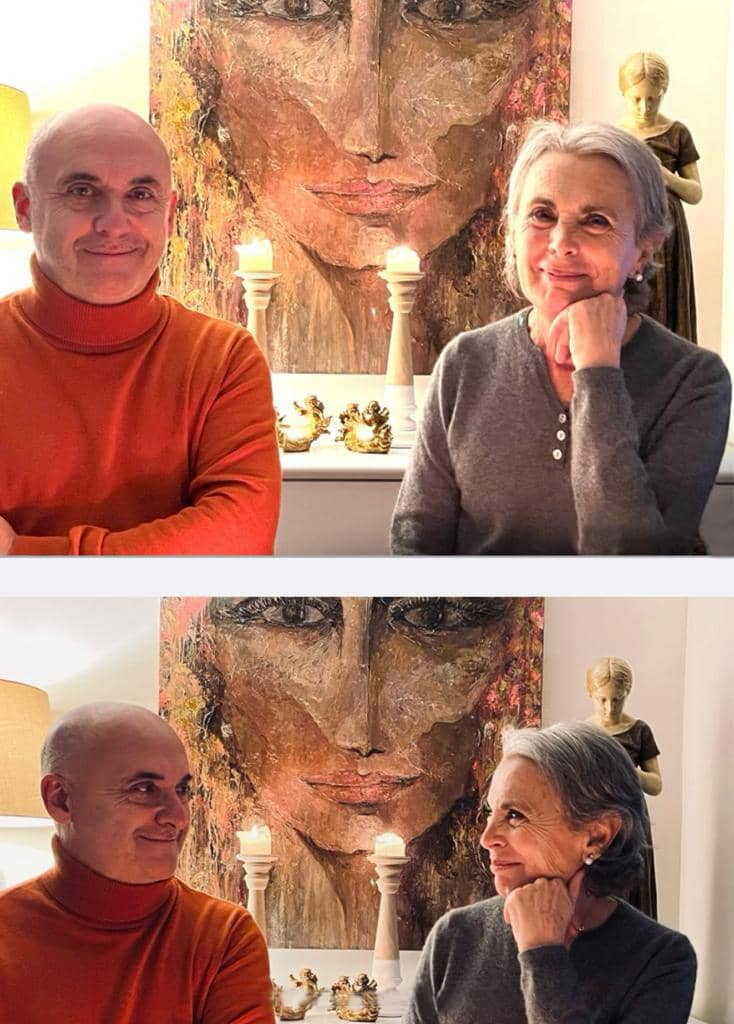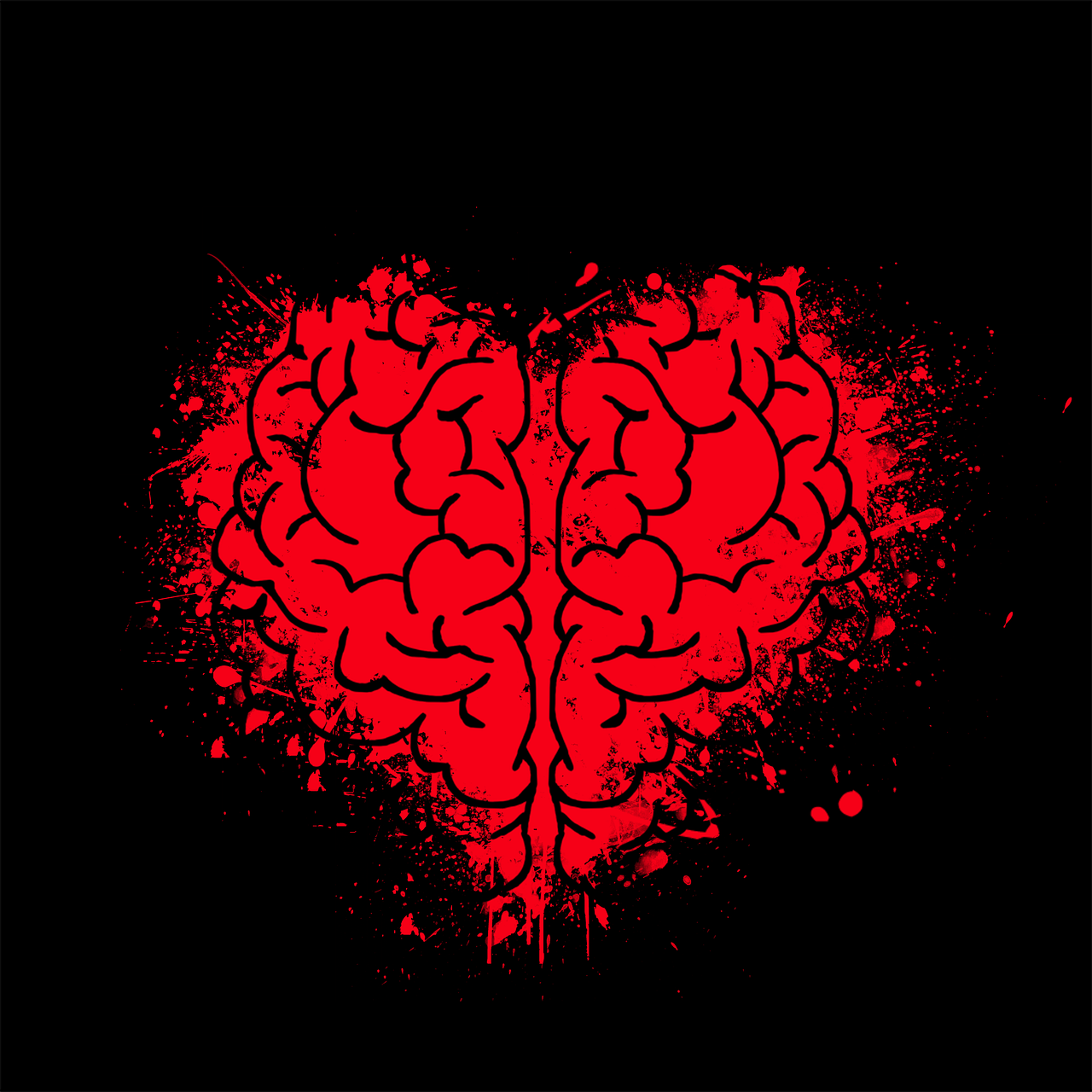The brain would not be the basis of consciousness, but a filter that isolates us from anomalous perceptions. That filter breaks at critical moments and generates near-death experiences., according to the new book by scientist Bruce Greyson.
Although science has already explained that there is nothing paranormal in near-death experiences (NDE), a new book written by an authoritative scientist hypothesizes that consciousness does not depend on the brain.
It's about Bruce Greyson, doctor in medicine (MD) and Professor of Psychiatry at the University of Virginia, considered the father of NDE research, for whom the relationship between brain and consciousness has not yet been fully clarified.
FREQUENT AND COINCIDENT
According to oneresearch made in 2019, which analyzed more than a thousand participants from 35 countries with experiences of this type, these episodes affect about 10 percent of the population.
Most of them (87%) They talk about an abnormal perception of time, and others indicate having perceived an exceptional speed of thought (the 65 percent).
A third group coincides in experiencing exceptionally vivid senses (the 63 percent) and a fourth group the sensation of feeling separated from your body or outside of it (53 percent).
Other relevant data provided by this study indicates that these experiences are not exclusive to people living in life-threatening situations., such as heart attacks or serious accidents. They can also be experienced in other circumstances.
MORE REAL THAN EXPERIENCE
In 2011, aresearch carried out at the University of Cambridge concluded that, contrary to popular belief, Near-death experiences are the manifestation of normal brain function gone awry during a traumatic event..
Other research done in 2017 at the University of Virginia, who consulted 122 people who had experienced NDEs, discovered that the memories of those experiences were much more powerful than any experience lived or that any product of the imagination.
For neurosciences, however, any NDE is a subjective phenomenon, a kind of lucid dream, resulting from “disturbed multi-sensory body integration” that occurs during life-threatening events.
ANOTHER VISION
This explanation, which summarizes well what neurosciences have been able to establish about NDEs, does not close, however, other possible interpretations of these episodes, which remain unsatisfactory to some scientists.
It is the case of Bruce Greyson: in a new book (After) describes a series of documented episodes that, as explained, do not square with this consensual interpretation.
Points out that neurosciences consider consciousness to be the result of brain function, something that is scientifically proven.
Add, however, that NDEs suggest that consciousness and the brain can be dissociated in extreme circumstances, in such a way that the mind (understood as consciousness) can continue to function when the brain seems paralyzed.
SOMETHING IS NOT SQUARE
Explain that not all NDEs are typical of people in a critical situation, but they are also produced by psychedelic effects and REM sleep disturbances: in both cases they can induce similar hallucinations (not identical) to NDEs.
However, Greyson adds that what brain studies conducted during these parallel NDE experiences show, is that there is a decrease in brain activity, and not an increase in neural dynamics, as could be supposed.
Another piece of information that Greyson provides refers to people with brains devastated by neurological diseases., who momentarily recover their cognitive capacity without, until now, being able to explain this outbreak of lucidity with a non-functional brain.
ALTERNATIVE EXPLANATIONS
This gap is what has led to the formulation of alternative hypotheses to the consensus on the relationship between the brain and consciousness..
Greyson believes that the brain, instead of raising awareness, it would be rather a kind of filter that delimits the possibility of perceiving things foreign to the ordinary senses.
At certain critical moments, that filter could break and reveal to consciousness things that under normal circumstances would remain hidden from our perception.
THE MYSTERY ENDURES
Of course, what Greyson raises is not conclusive either: recognizes that the only thing that the brain generates is ambiguity and uncertainty and that, surely, we are very far from discovering the secrets that it still hides from us.
Greyson, after 50 years of research, admits he doesn't know what causes NDEs, but rules out that they are caused by a drop in oxygen levels, from electrical activity in the brain or are the result of medications given to patients.
and concludes: I think the evidence overwhelmingly points to the fact that the physical body is not all that we are.. There seems to be something that can continue after the body dies. I do not know what to think.
REAL HOPE?
a year ago now, Philosophy professor at the University of California, John Martin Fischer, published an article in The New York Times in which he analyzes the state of the art on NDEs and points out that most represent a journey into an imaginary realm, but not a successful step towards it.
The same thing happens with the fountain of eternal youth, of which we have been speaking since the time of Herodotus (4th century a. C), but to which we have never arrived. In NDEs we arrive directly at the edge of the universe, but we stop before crossing it, notes Fischer.
and concludes: NDEs do not show that there is an afterlife, but they are important because they remind us of the possibility of dying well. They point us to something deep and beautiful about death.. They give us real hope, not a false hope, to face the next part of our journey, whatever it throws at us.
Philosophy agrees on this point with what Greyson suggests from science.





